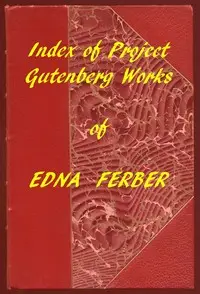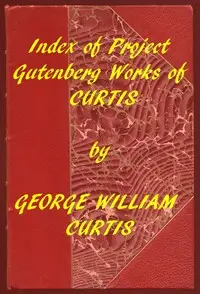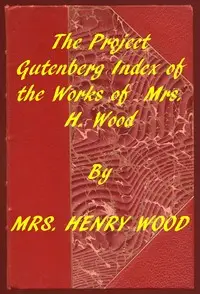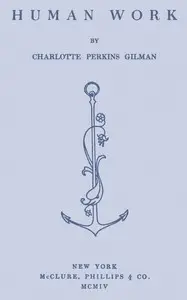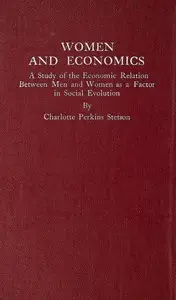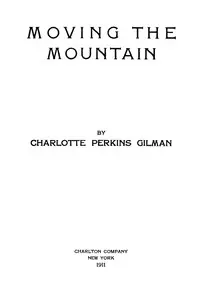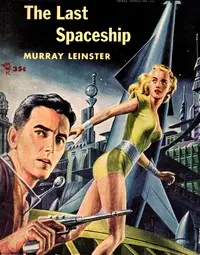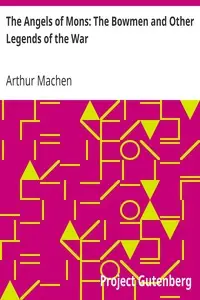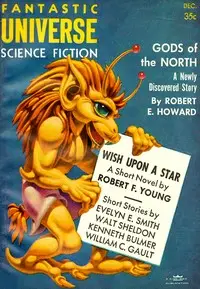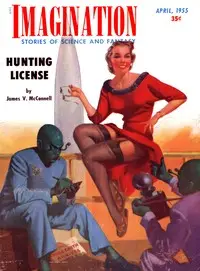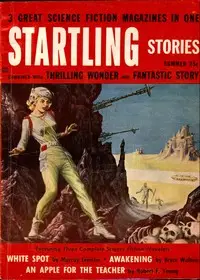"Index of the Project Gutenberg Works of Charlotte Perkins Gilman" by Gilman is a collection of writings by a notable feminist author and social reformer, showcasing her ideas about women's rights and gender roles at the beginning of the 1900s. This compilation includes essays, utopian stories, and critiques of society that shine a light on limitations placed on women at that time. Key works include "Herland," a story that imagines a perfect world run only by women, and "The Yellow Wallpaper," a critical look at mental health issues made worse by society's expectations for women. Other important writings, such as "Women and Economics" and "Our Androcentric Culture," explore the economic and social structures that favored men. Through a variety of works, this author championed women's freedom and examined the impact of gender roles, offering ideas that still resonate with today's conversations about feminism and equal rights.
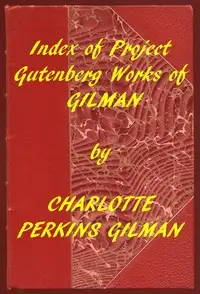
Index of the Project Gutenberg Works of Charlotte Perkins Gilman
By Charlotte Perkins Gilman
Explore a collection of writings that challenge society's expectations for women and envision a world where they are truly free.
Summary
About the AuthorCharlotte Perkins Gilman, also known by her first married name Charlotte Perkins Stetson, was an American humanist, novelist, writer, lecturer, early sociologist, advocate for social reform, and eugenicist. She was a utopian feminist and served as a role model for future generations of feminists because of her unorthodox concepts and lifestyle. Her works were primarily focused on gender, specifically gendered labor division in society, and the problem of male domination. She has been inducted into the National Women's Hall of Fame. Her best remembered work today is her semi-autobiographical short story "The Yellow Wallpaper", which she wrote after a severe bout of postpartum psychosis.
Charlotte Perkins Gilman, also known by her first married name Charlotte Perkins Stetson, was an American humanist, novelist, writer, lecturer, early sociologist, advocate for social reform, and eugenicist. She was a utopian feminist and served as a role model for future generations of feminists because of her unorthodox concepts and lifestyle. Her works were primarily focused on gender, specifically gendered labor division in society, and the problem of male domination. She has been inducted into the National Women's Hall of Fame. Her best remembered work today is her semi-autobiographical short story "The Yellow Wallpaper", which she wrote after a severe bout of postpartum psychosis.

